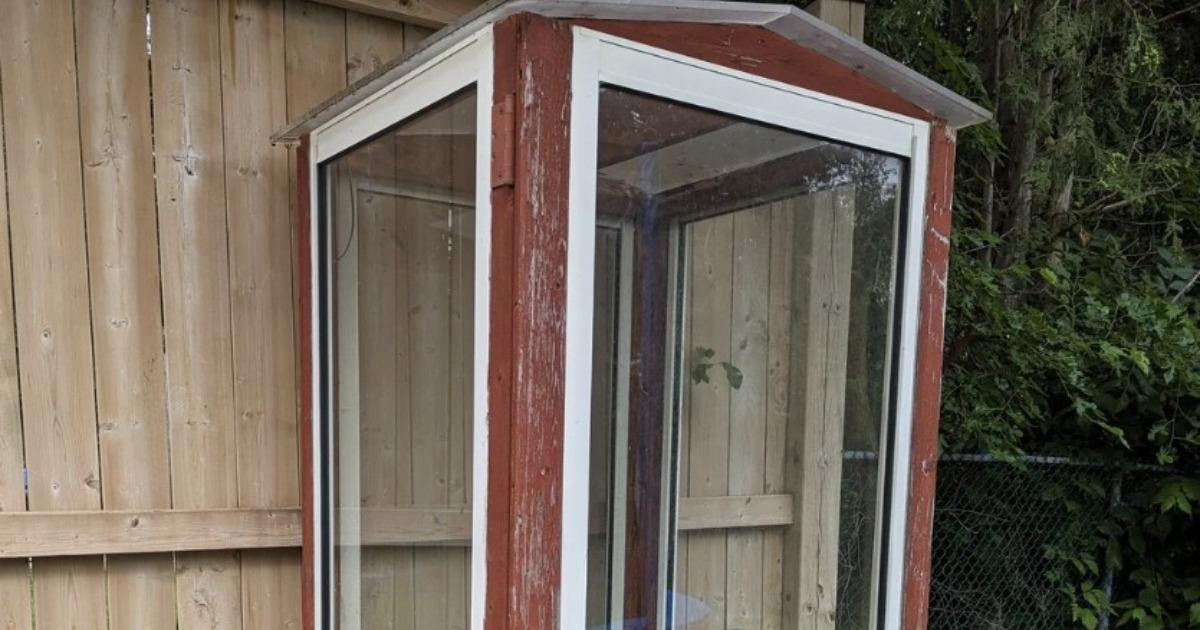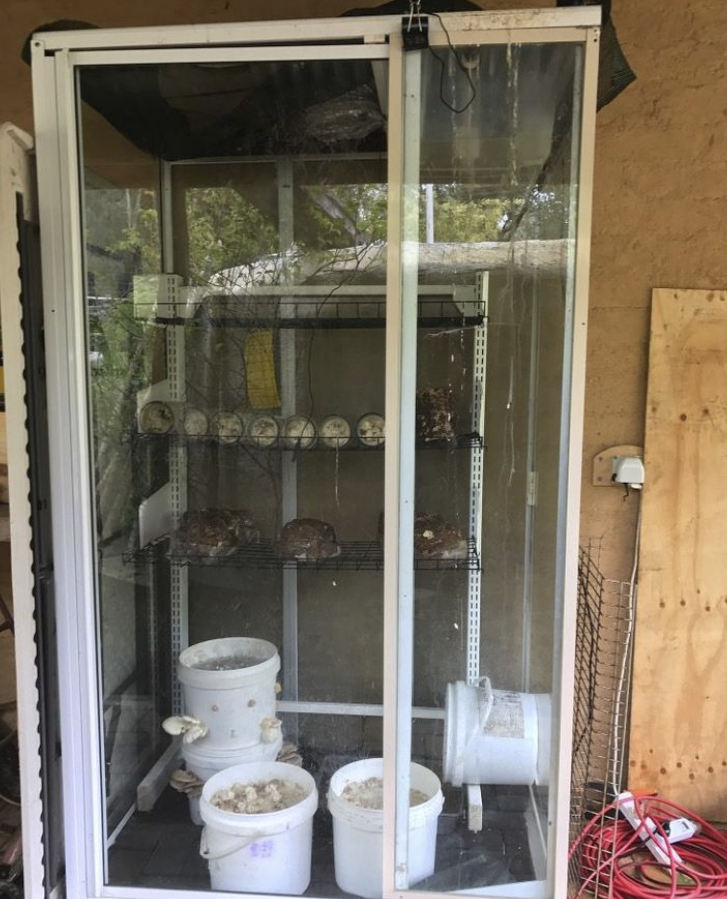Why This Forgotten Backyard Item Deserves a Comeback

Source: Reddit
If you grew up in the ’70s or ’80s, you may recall the excitement of finding fresh vegetables in your backyard garden, but there was something even more enchanting hidden behind the lettuce and cucumbers—a small, glass fruiting house for growing mushrooms. These simple, self-made structures spoke of the era’s love for sustainable living and the joy of nurturing the land. For many, it was a backyard centerpiece that combined ingenuity with the natural wonders of cultivation.
Mushroom fruiting houses gained popularity as part of the back-to-the-land movement. In an era when families were eager to grow their own food, they symbolized the self-sufficient mindset and love of nature that defined the time. Made from old windows or glass panes, these structures kept humidity levels perfect for cultivating mushrooms on substrates of straw or wood chips. The result? Fresh mushrooms that made meals feel a little more special.
Growing mushrooms in a fruiting house wasn’t just gardening; it was a family activity. Parents taught children to be patient, peeking inside the structure to see if any mushrooms had popped up overnight. The anticipation made each visit a little magical, and when the first crop was ready, it felt like finding hidden treasure—a reward for care and patience.

Today, while gardening fads come and go, the memory of a mushroom fruiting house reminds us of those simpler times, when nurturing the earth was a source of pride. It stands as a nostalgic nod to the days when a small, glass structure meant more than mushrooms—it represented resilience, patience, and the quiet joy of homemade harvests. It’s a testament to how the past can still inspire us to seek out sustainable, hands-on living in the present day.


